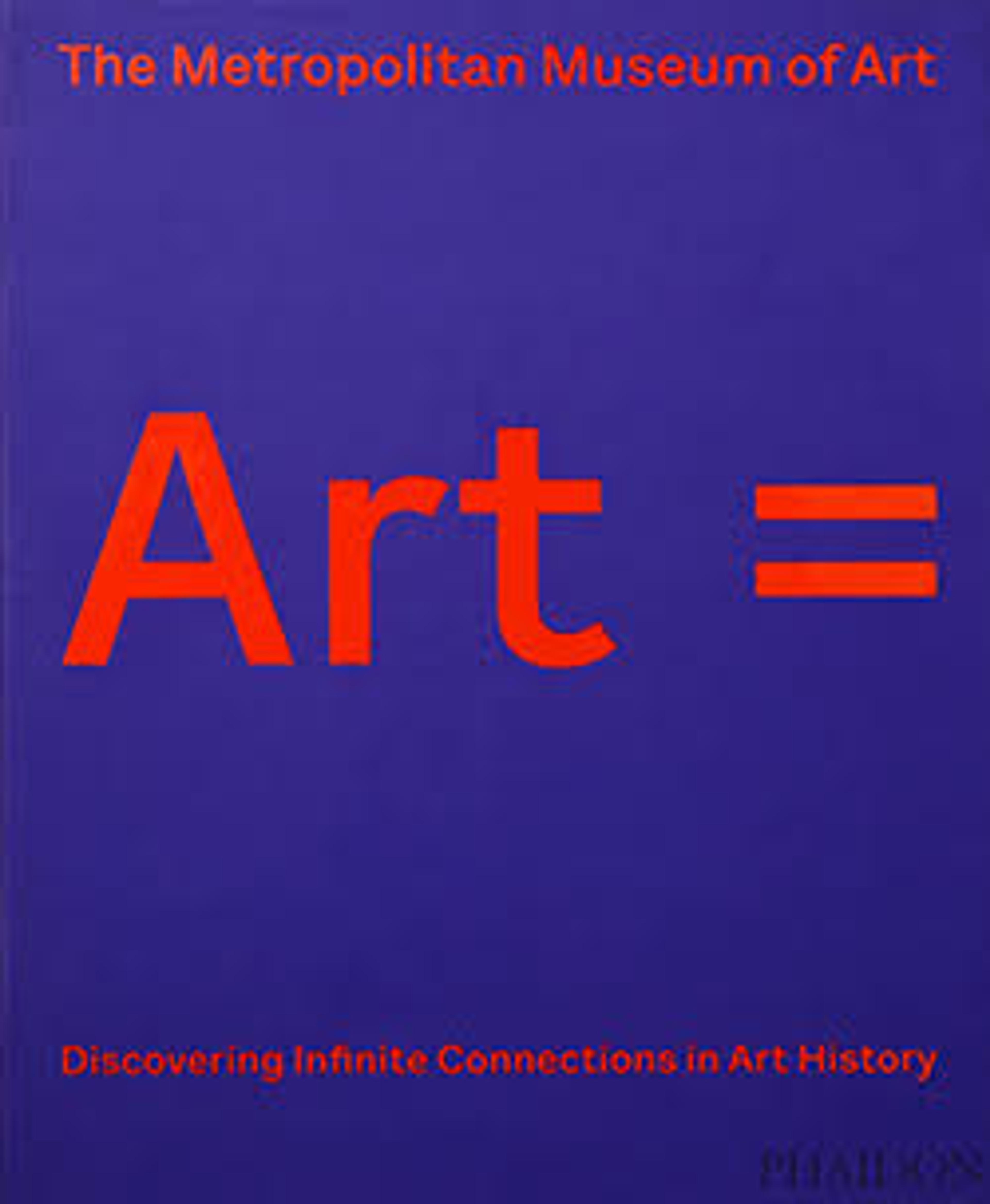The Seine at Chatou
Born in Paris to a Flemish father and a French mother, Vlaminck grew up in a musical household that was virtually impoverished. At the age of sixteen, he left home and moved to Chatou, where he later supported his wife and two children by working as a professional cyclist and an itinerant violinist. Although now considered a suburb of Paris, Chatou was then a small village situated to the west, along the Seine. Opposite it lies the Île de Chatou, a long, narrow stretch of land in the center of the river. The scene shown here appears to have been observed from a point on the island facing the village of Chatou, with its red-roofed houses, on the mainland. Vlaminck shared a studio on the island with fellow artist André Derain in 1900. Together, they formed what has been called the "School of Chatou," and their painting style—characterized by bright colors and bold brushstrokes—was a harbinger of Fauvism.
The self-taught Vlaminck embraced painting with the same unbridled passion as he did life itself, spontaneously choosing the most straightforward forms and basic hues to express his feelings: "I try to paint with my heart and my guts without worrying about style." After the Parisian art dealer Ambroise Vollard purchased Vlaminck's existing stock of paintings early in 1906, the artist was able to devote himself fully to painting, and his work became more lighthearted and exuberant. He spent the summer of 1906 in and around Chatou, painting pictures such as this one, in which he emulated the undisguised brushwork and intuitive application of paint of Van Gogh's late, expressive style, which he so admired. Combining the primary colors of blue and red with white, Vlaminck applied them directly from the tube in daubs and swirls of pigment, employing these conventional hues for the white houses, green leaves, reddish-orange tree trunks, and the blue, red, and white trawler in the background.
The self-taught Vlaminck embraced painting with the same unbridled passion as he did life itself, spontaneously choosing the most straightforward forms and basic hues to express his feelings: "I try to paint with my heart and my guts without worrying about style." After the Parisian art dealer Ambroise Vollard purchased Vlaminck's existing stock of paintings early in 1906, the artist was able to devote himself fully to painting, and his work became more lighthearted and exuberant. He spent the summer of 1906 in and around Chatou, painting pictures such as this one, in which he emulated the undisguised brushwork and intuitive application of paint of Van Gogh's late, expressive style, which he so admired. Combining the primary colors of blue and red with white, Vlaminck applied them directly from the tube in daubs and swirls of pigment, employing these conventional hues for the white houses, green leaves, reddish-orange tree trunks, and the blue, red, and white trawler in the background.
Artwork Details
- Title:The Seine at Chatou
- Artist:Maurice de Vlaminck (French, Paris 1876–1958 Rueil-La-Gadelière)
- Date:1906
- Medium:Oil on canvas
- Dimensions:32 1/8 × 39 3/4 in. (81.6 × 101 cm)
- Classification:Paintings
- Credit Line:Jacques and Natasha Gelman Collection, 1998
- Object Number:1999.363.84
- Rights and Reproduction:© 2026 Artists Rights Society (ARS), New York
- Curatorial Department: Modern and Contemporary Art
More Artwork
Research Resources
The Met provides unparalleled resources for research and welcomes an international community of students and scholars. The Met's Open Access API is where creators and researchers can connect to the The Met collection. Open Access data and public domain images are available for unrestricted commercial and noncommercial use without permission or fee.
To request images under copyright and other restrictions, please use this Image Request form.
Feedback
We continue to research and examine historical and cultural context for objects in The Met collection. If you have comments or questions about this object record, please contact us using the form below. The Museum looks forward to receiving your comments.
